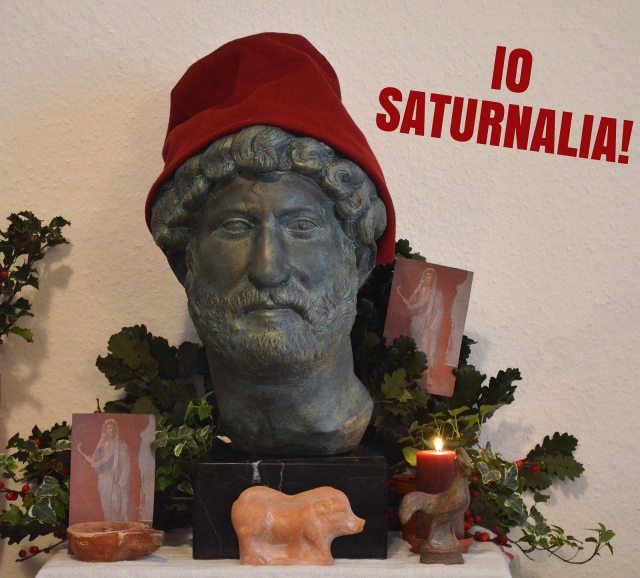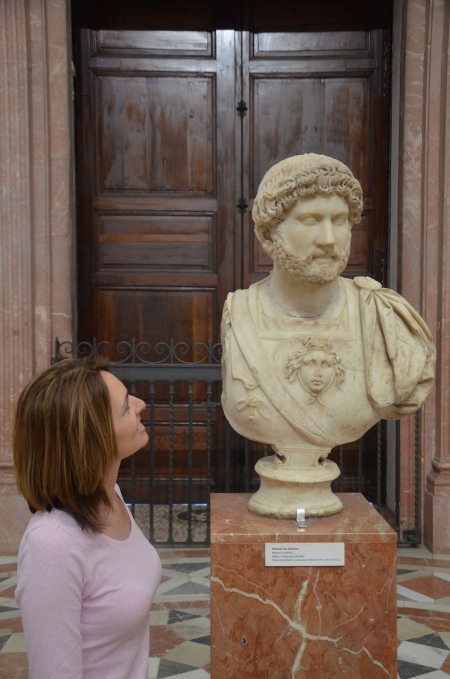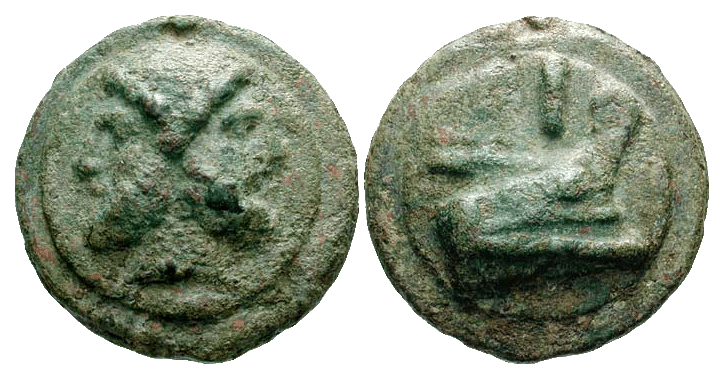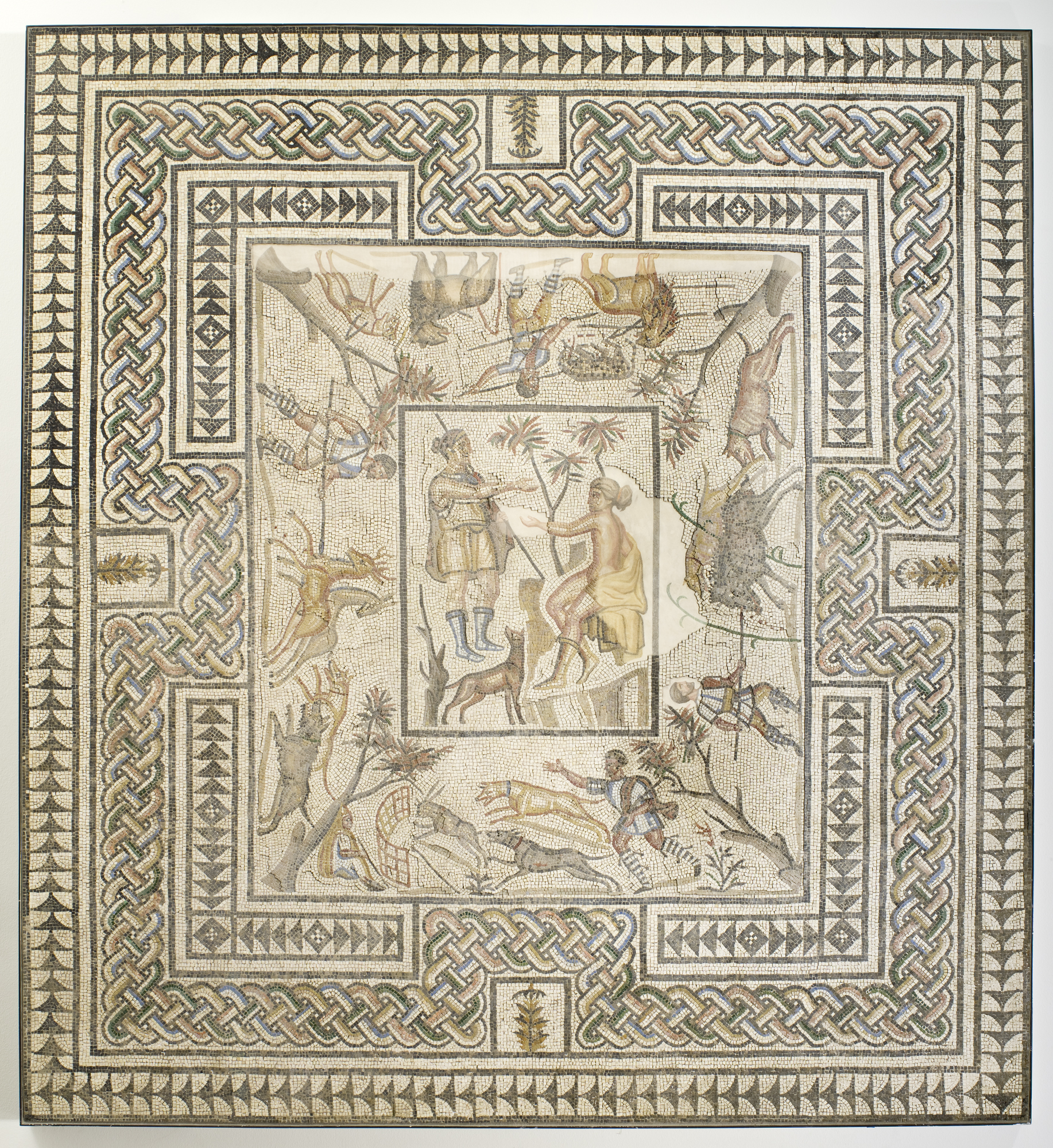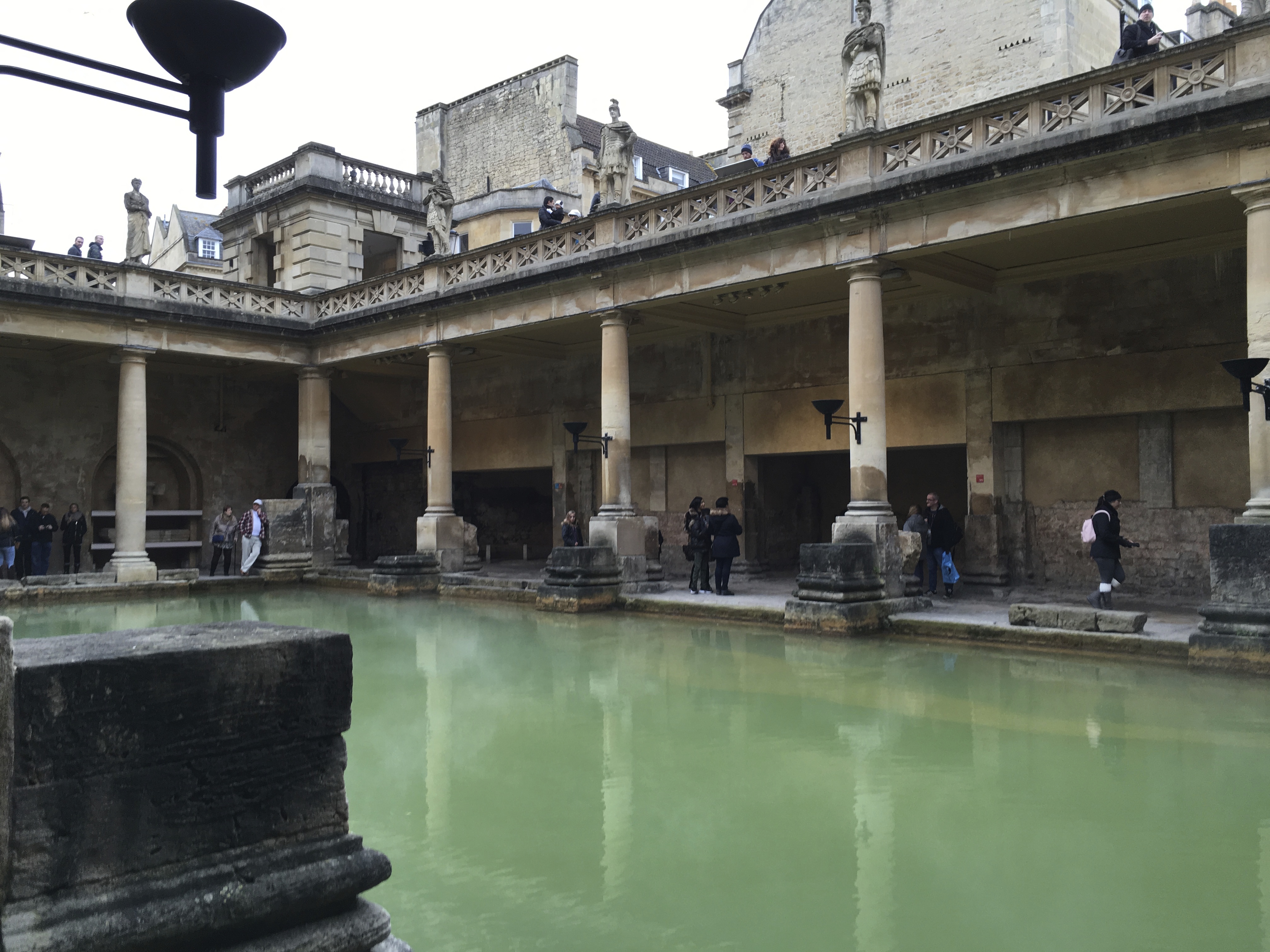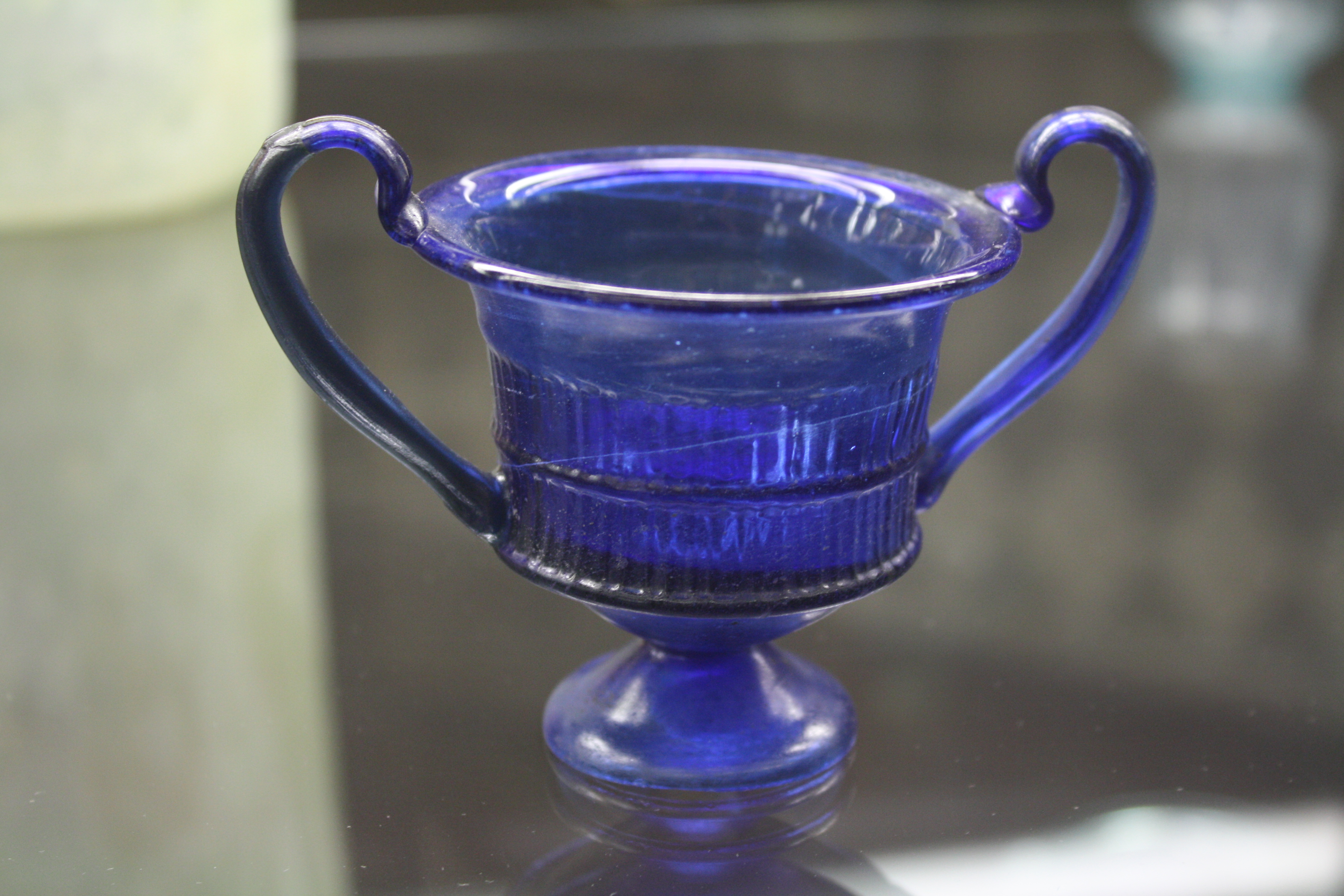Roman glassware includes some of the finest pieces of art ever produced in antiquity and the very best were valued higher than wares made with precious metals. However, plain glass vessels such as cups, bowls, plates, and bottles were also used as everyday containers, in particular, for storing and serving food, drinks, and perfumes. The Romans also used glass for its decorative qualities and could be incorporated in mosaics and decorative panels in both walls and furniture. The material was also used for windows, to create jewellery, mirrors, game pieces, magnifying glasses, sculpture and, in the form of powder, even as a medicine and toothpaste. The sheer quantity of Roman glass would not be matched until the boom in Venetian glass in the 15th century CE. Below are some examples from the collection in the Archaeological Museum of the Museo Civico in Pavia, Italy. All images copyright of Mark Cartwright. These cups, bottles, and perfume containers all date to the 1st and 2nd century CE. Cups

